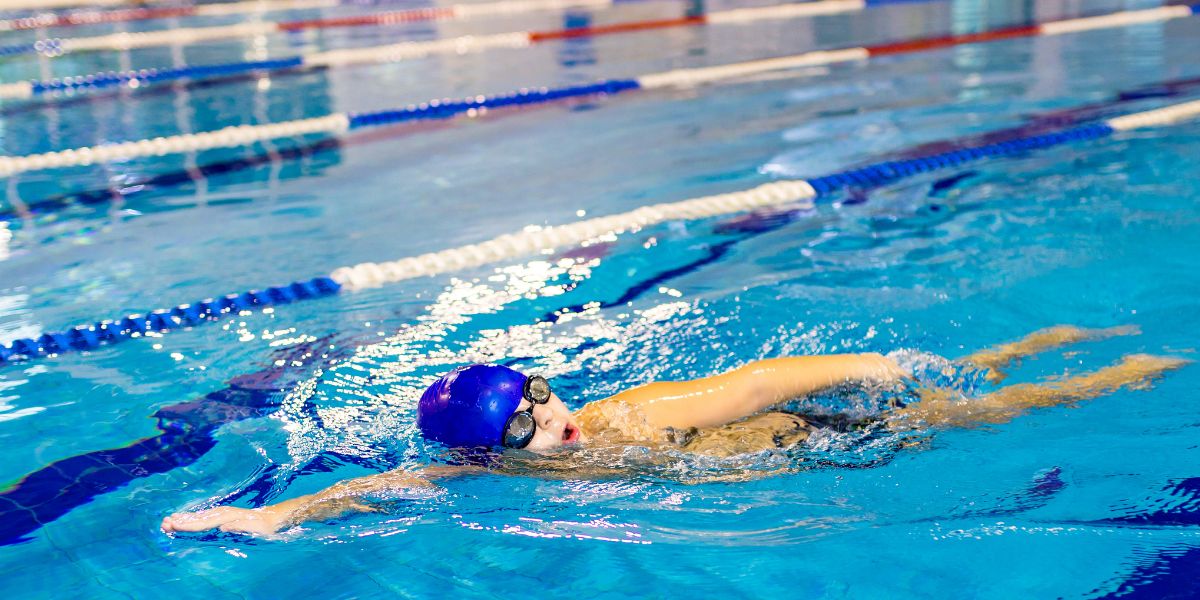Lifeguard, the job of watching over people at swimming pools, water parks, and beaches come with responsibilities. Some people take this job part-time, while others make it their career. A lifeguard must attend proper training and certification to save lives while on the job.
A lifeguard’s primary responsibility is to protect swimmers from drowning, but a lifeguard can also be called upon to perform CPR or other medical duties. Lifeguards who work at beaches and swimming pools are required to undergo CPR and first aid training.
Lifeguards who work at other locations such as lakes, rivers, and water parks are required to undergo a specialized training that teaches them how to treat emergencies and injuries that may occur.
What Does a Lifeguard Do?
Lifeguards have many responsibilities when working at swimming pools and beaches. They are often responsible for providing lifeguarding services to both adults and children, keeping an eye out for potential hazards and dangers, and performing rescue operations if necessary.
Lifeguards are also responsible for monitoring the safety of people in the pool area and ensuring that they don’t swim too close to the edge of the pool. Lifeguards can be called upon to perform several different tasks, including:
- Conducting CPR on swimmers who have become submerged in water.
- Handling emergencies.
- Responding to reports of a drowning.
- Providing lifesaving assistance.
- Ensuring that pool areas are kept clean and free from debris.
Lifeguards can be called upon to perform these tasks in several different ways. A lifeguard might use a floating lifeguard station to keep an eye out for potential hazards in the water, or they may work at a fixed position near the edge of the pool.
Conducting CPR on swimmers
Lifeguards have the responsibility of conducting CPR on swimmers who have become submerged in water. Lifeguard certification includes CPR training. CPR is a technique that uses your chest to pump blood into the body and it can be performed on adults, children and infants.
The American Lifeguard Association (ALA) and other organizations recommend that the person performing CPR be at least trained for it. CPR is performed with a two-person team of rescuers.
A team member performs mouth-to-mouth resuscitation while another performs chest compressions. If you are alone, you can perform CPR by performing chest compressions and breathing for a victim.
Handling emergencies
Lifeguard training included developing skills for handling emergencies at the beaches and pools.
Emergency medical care: Lifeguards are trained in basic CPR, first aid and advanced life support procedures.
Recreational water safety: Lifeguards were taught to keep children safe around water and pool facilities. They also participated in water safety drills during the summer.
Water safety program: The city held a free swimming lesson program for children in elementary and junior high school, which lasted for two weeks.
Waterslide safety: In the past, the city had conducted a water slide safety test for public waterslides.
Responding to reports of a drowning
Another basic job of the lifeguarding profession is responding to reports of drowning. The job of a lifeguard is to save drowning people. They are trained in how to do this and must know the first aid needed to treat a person who has just drowned. Lifeguards also have to be able to swim, which means they need to know how to swim.
Lifeguards prevent drowning
The job of a lifeguard is to help prevent drowning by making sure that swimmers are aware of the dangers of swimming in dangerous waters. A lifeguard is on the water to make sure that swimmers stay away from dangerous areas and are aware of the dangers of swimming.
Providing lifesaving assistance
Lifeguard classes focus on all the life-saving skills in the water and provide lifesaving assistance to swimmers who are in trouble. Lifeguard training is usually very intense, and lifeguards must be ready for emergencies at all times.
Lifeguard training teaches to rescue the swimmers in the water
Lifeguards are the first line of defence for the swimmers on beaches and pools. If a drowning occurs, they have the responsibility to rescue and resuscitate the victim. They have a legal obligation to report any drowning to the authorities and to take steps to ensure that the victim is not re-entered the water.
They must also be trained in the use of automated external defibrillators (AED) to save lives. To fulfil their obligations, beach lifeguards must be able to correctly identify and report suspected cases of drowning, and they must be trained to recognize the signs of drowning and to administer CPR and AED.
Conclusion
The lifeguard is responsible for assisting people in danger. He or she must be able to swim, rescue, first aid, and other lifesaving skills. If a person drowns, the lifeguard must be prepared to do CPR and perform first aid. The lifeguard should also be prepared to help people who are injured or sick in the water.
The American Lifeguard Association has been providing world-class lifeguard training for more than thirty years and has lifeguard classes throughout the year. Please contact ALA for more information about their lifeguard courses.

